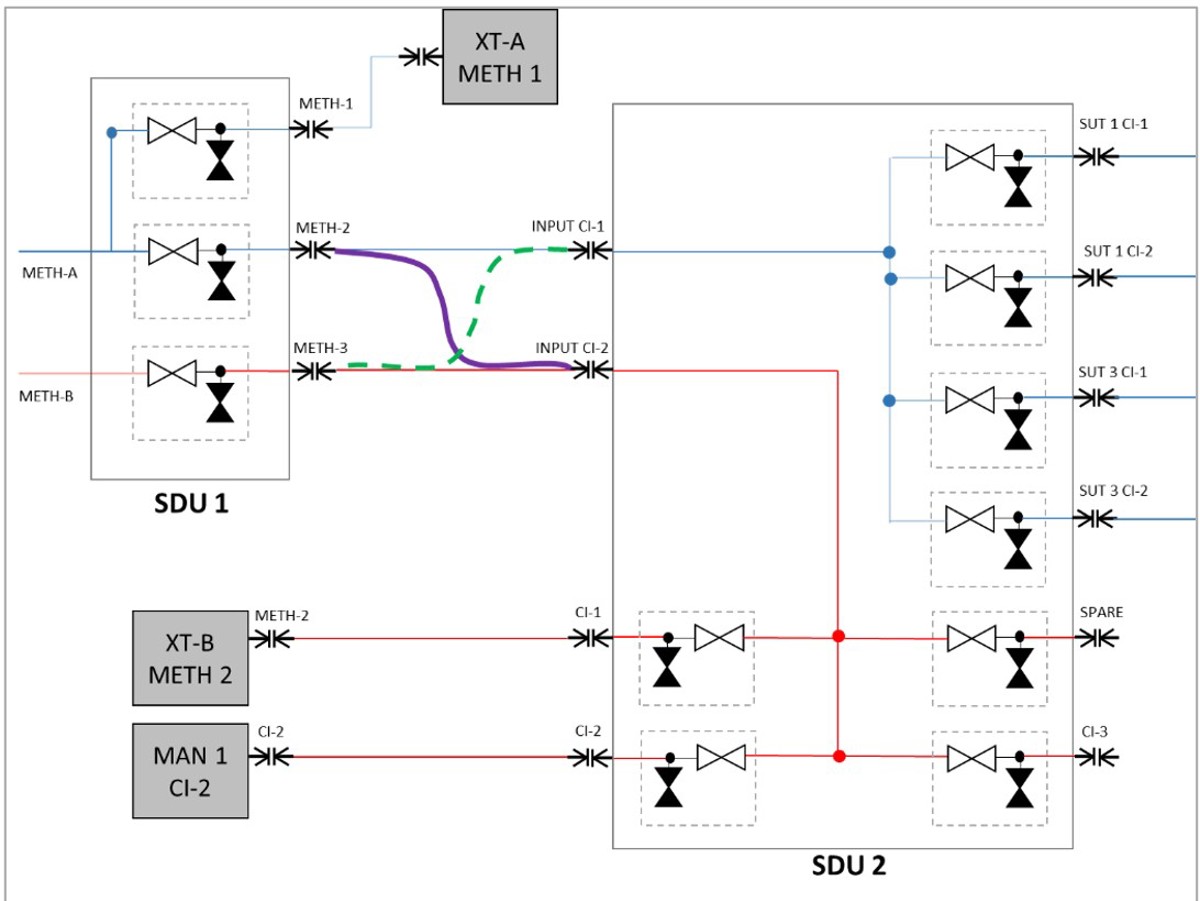Incorrect as-built drawing configuration
- Safety Flash
- Published on 28 January 2022
- Generated on 18 December 2025
- IMCA SF 03/22
- 1 minute read
Jump to:
A subsea asset’s actual jumper configuration differed from the data received from the client.
What happened?
During leak investigations at a subsea manifold, divers carried out intervention on the system in accordance with approved procedures based on information provided by the client.
It subsequently became apparent during fault-finding that the subsea asset’s actual jumper configuration differed from the data received from the client.
What went wrong?
Divers carried out intervention on a system which actually only had a single unproven barrier in place.

What was the cause?
Incorrect information was provided by the client.
Actions
- Work was stopped until it could be ascertained that the system was safe for further intervention.
- The client was alerted and conducted a thorough internal investigation. They could not pinpoint how the error occurred. The drawings were redone with the amendments in place and formally approved.
Related Safety Flashes
-
IMCA SF 09/21
30 March 2021
-
IMCA SF 09/17
3 May 2017
-
-
IMCA SF 29/21
28 October 2021
-
IMCA SF 23/16
13 September 2016
-
IMCA SF 33/16
6 December 2016
IMCA Safety Flashes summarise key safety matters and incidents, allowing lessons to be more easily learnt for the benefit of the entire offshore industry.
The effectiveness of the IMCA Safety Flash system depends on the industry sharing information and so avoiding repeat incidents. Incidents are classified according to IOGP's Life Saving Rules.
All information is anonymised or sanitised, as appropriate, and warnings for graphic content included where possible.
IMCA makes every effort to ensure both the accuracy and reliability of the information shared, but is not be liable for any guidance and/or recommendation and/or statement herein contained.
The information contained in this document does not fulfil or replace any individual's or Member's legal, regulatory or other duties or obligations in respect of their operations. Individuals and Members remain solely responsible for the safe, lawful and proper conduct of their operations.
Share your safety incidents with IMCA online. Sign-up to receive Safety Flashes straight to your email.